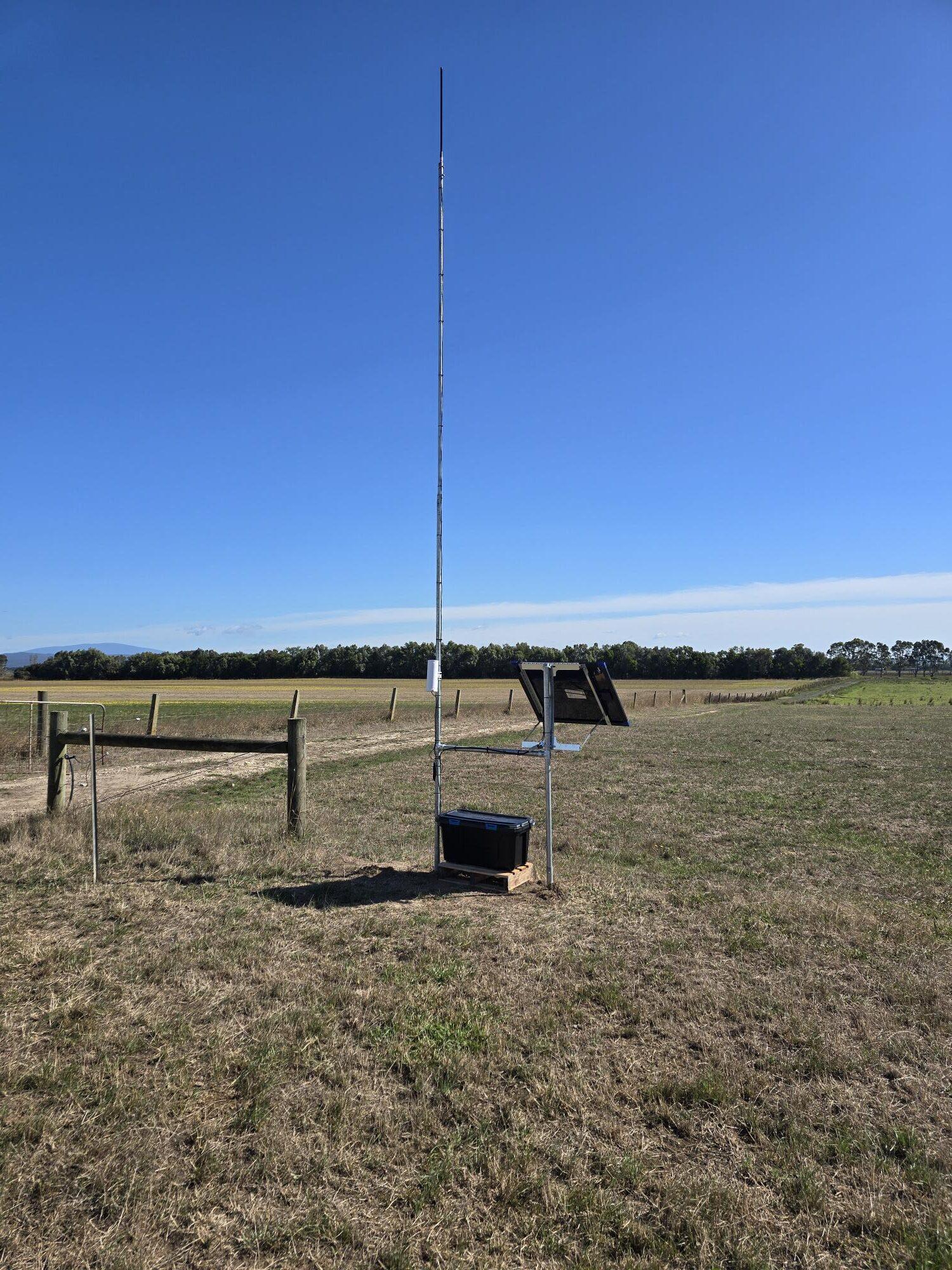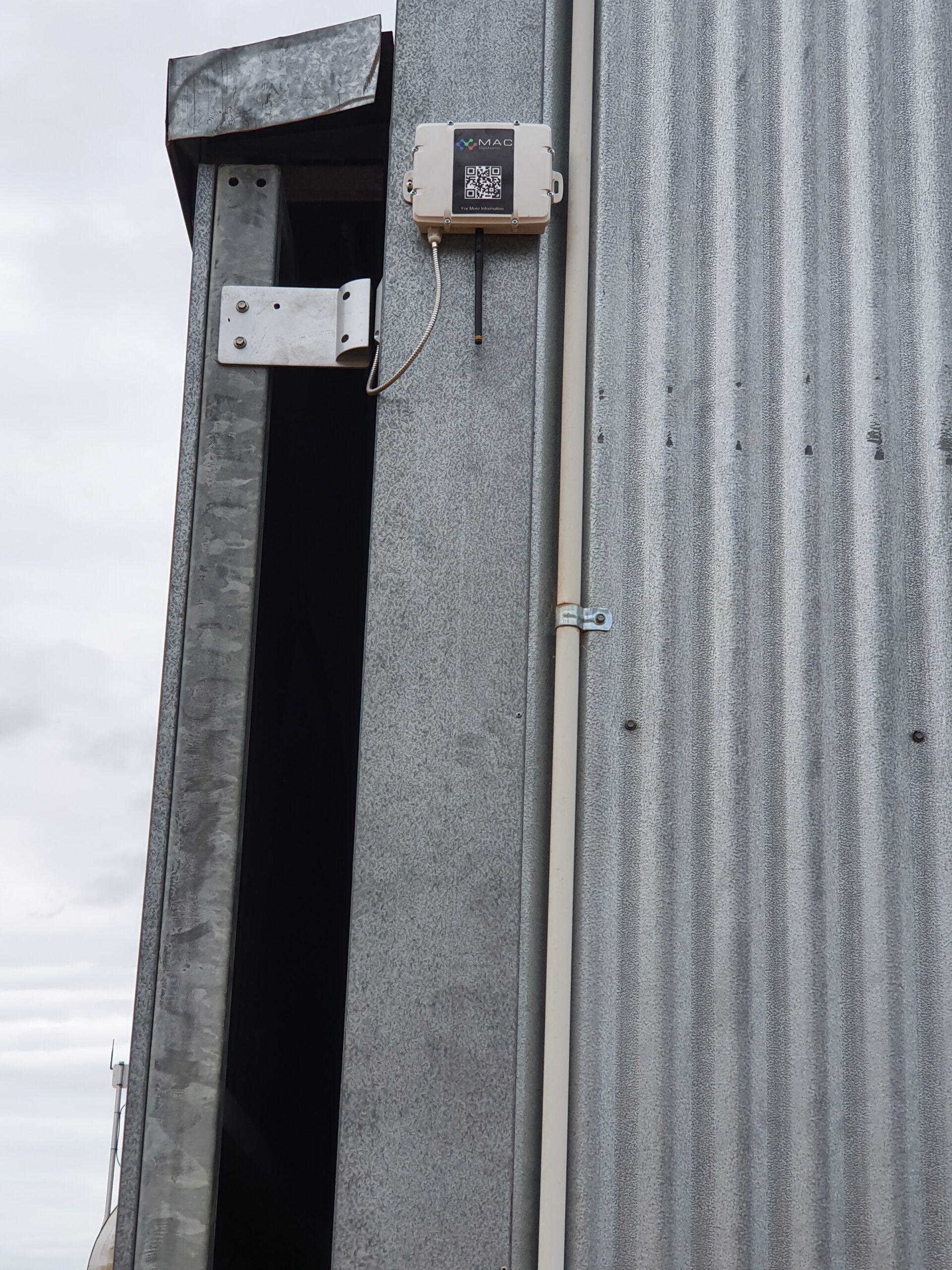LoraWAN

LoraWAN can be defined as a low power, long range radio network. It consists of a gateway which connects to the internet via 4G or WiFi. The current limitation of LoraWAN is that each Lora field node needs to transmit directly to the gateway, and currently, there is no repeating functionality, however development of this functionality is in progress. A LoraWAN network is ideal for monitoring a number of sites within the transmission range of the gateway. The transmission range of Lora under perfect conditions can be up to 15km, however this will depend on the type of antennas, the height of the antennas and terrain and structures between each field site and gateway.
We generally state that under normal conditions, 5km line of site can be achieved, however this may vary (either more or less) depending on the factors mentioned above. LoraWAN systems can be very economical for monitoring applications. Radio nodes and sensor packages are very economical compared with traditional telemetry systems. Radio nodes are generally designed for single sensor inputs, allowing flexibility to locate sensors in the most appropriate locations, rather than connecting multiple sensors into the one multi channel telemetry unit, and running cables.
We can supply a wide range of sensors to connect to the appropriate Lora node or for the standard range of solutions, we can provide the Lora node and sensor as a package. The Lora field nodes are designed to operate with batteries, with very low power consumption. The longevity of the battery will depend on factors such as the upload frequency required, the quality of the battery used and the power draw of the sensors being measured. It is stated the battery life of a Lora node can be up to 10 years, however we state around 4 years. The advantage of being battery powered is that there is no maintenance of solar panels required, the installation size is compact and the price of a site is lower. For installations where the required sensors have a high power draw, we can supply an external solar powered power supply to the sensor.



